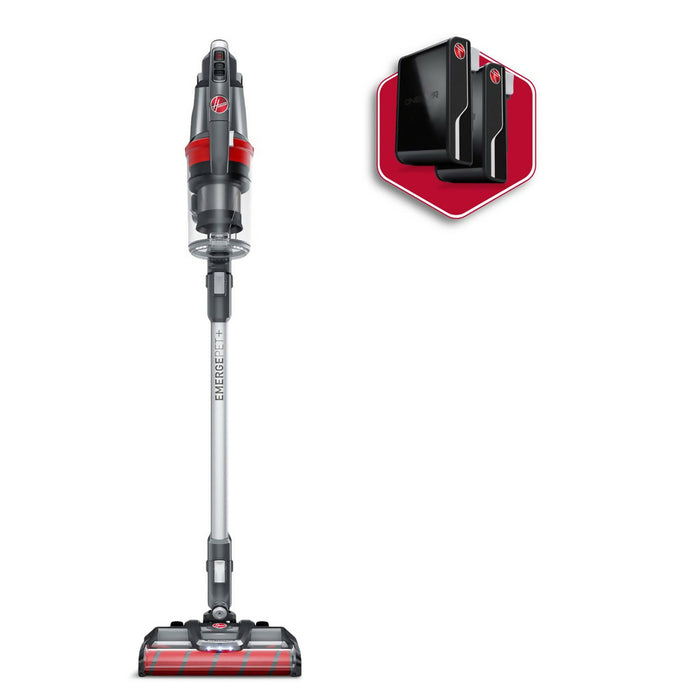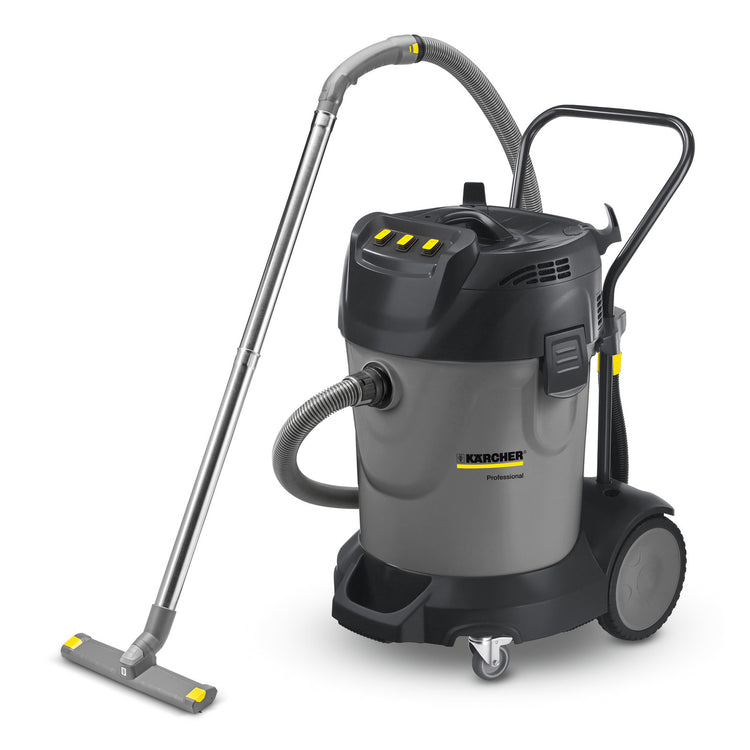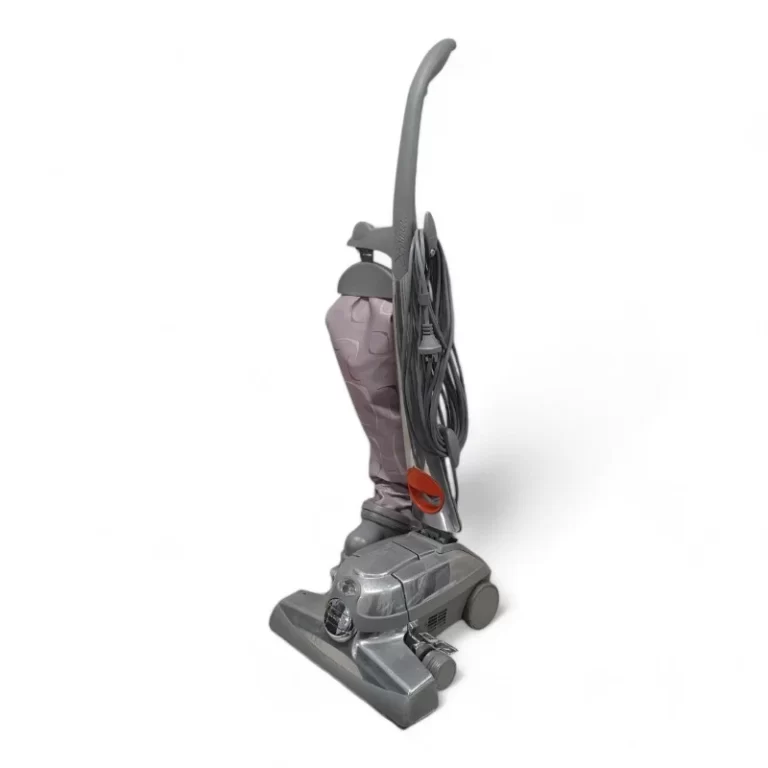Preparing to Dismantle Your Hoover Vacuum
How to dismantle a hoover vacuum cleaner? Before you begin to dismantle your Hoover vacuum cleaner, preparation is key. Follow these steps to ensure a smooth process:

- Find a Suitable Workspace: Choose a clean and spacious area to work in. A flat surface, such as a table or the floor, will provide stability while you disassemble the vacuum.
- Unplug the Vacuum: Safety is crucial. Always unplug the vacuum cleaner from the electrical outlet before starting.
- Gather Necessary Tools: Have all the required tools on hand. You might need a screwdriver, pliers, and a pair of gloves.
- Consult the Manual: Review the user manual for specific instructions related to your Hoover model. It may have particular requirements for dismantling.
- Empty the Vacuum: Ensure the dust canister is empty and clean to avoid creating a mess during the dismantling process.
- Take Pictures: Before you start, take photos of your vacuum assembled. These will serve as a reference when it’s time to reassemble.
By taking these preparatory steps, you curtail the chances of issues while learning how to dismantle a hoover vacuum cleaner.
Safety First: What You Need to Know Before Starting
Before you tackle the task of how to dismantle a Hoover vacuum cleaner, you must prioritize safety. Here are essential safety steps to consider:
- Wear Protective Gear: Always wear gloves to protect your hands from sharp edges and potential debris. Consider safety goggles if there’s a risk of flying particles.
- Check for Damage: Inspect the vacuum for damaged parts that may cause injury during dismantling. Address any hazards before proceeding.
- Beware of Electrical Components: Capacitors can hold a charge even after unplugging the appliance. Handle electrical parts with caution.
- Keep a First Aid Kit Nearby: Accidents happen. Keep a basic first aid kit within reach for minor cuts or scrapes.
- Work in a Ventilated Area: If the vacuum contains dust or you’ll be using lubricants or cleaners, ensure your workspace is well-ventilated.
- Avoid Working Alone: If possible, have someone nearby when dismantling your vacuum. They can help in case of an emergency.
By keeping these safety tips in mind, you reduce the risks associated with dismantling a vacuum cleaner and ensure a safer work environment. Remember, safety always comes first!
Tools Required for Dismantling a Hoover Vacuum
Having the right tools at your disposal is critical when you set out to learn how to dismantle a hoover vacuum cleaner. Here’s a list of tools that will make the process efficient and harm-free:
- Screwdriver Set: You’ll need various sizes, both flat-head and Phillips, to remove screws.
- Pliers: For gripping and pulling out parts that are tightly fixed.
- Gloves: Safety gloves to protect your hands from sharp edges and debris.
- Soft Brush: Useful for cleaning away any dust before you start dismantling.
- Container: To keep the small parts and screws in one place, so they don’t get lost.
- User Manual: Each model may have different specifications; refer to the manual for guidance.
With these essential tools, you’re set to start the process of dismantling your Hoover vacuum efficiently and safely. Remember, having the tools ready before you start will save time and help prevent any unnecessary damage to your vacuum or to yourself.
Step 1: Removing the Dust Canister
After you have prepared your workspace and gathered the necessary tools, it’s time to start dismantling your Hoover vacuum cleaner. Begin with the dust canister, as it is typically the easiest part to remove and essential for proceeding with the rest of the process. Follow these simple steps:
- Locate the Release Button: Most Hoover models have a button or latch that releases the dust canister. Find this on your vacuum.
- Press and Lift: Firmly press the button or lift the latch. Hold the vacuum steady with your other hand.
- Remove the Canister: Once released, carefully pull the dust canister away from the vacuum body.
- Empty Contents: If you haven’t already, empty any remaining debris from the canister into a trash bin.
- Inspect for Damage: Look over the canister for any cracks or damage. This is a good time to clean it if necessary.
By removing the dust canister first, you have successfully begun to learn how to dismantle a hoover vacuum cleaner. Keep each part organized as you work through the next steps to ensure an easy reassembly later on.

Step 2: Detaching the Hose and Accessories
After removing the dust canister, the next step in learning how to dismantle a hoover vacuum cleaner is to detach the hose and accessories. This step is straightforward but requires careful handling to avoid damage.
- Find the Hose Connection: Locate where the hose connects to the main vacuum unit. There’s usually a locking mechanism.
- Release the Lock: Press the release button or twist the locking collar, depending on your model.
- Pull the Hose Away: Gently pull the hose out from the vacuum body. Use a twisting motion if it’s tight.
- Remove Accessories: Take off any attached accessories, like nozzles or brushes. Some may require a push-and-pull action.
- Inspect Parts: Check the hose and accessories for wear or damage. Clean them with a soft brush if they’re dirty.
By detaching the hose and all associated accessories, you create more space to work on the main unit of the vacuum. Keep all parts together and labeled if necessary, to ensure a smooth reassembly process.
Step 3: Taking Apart the Main Vacuum Unit
Disassembling the main unit of your Hoover vacuum cleaner is the most intricate part. Follow these steps carefully:
- Locate Screws: Identify all screws holding the vacuum’s casing together. These are often found on the back or bottom.
- Remove Screws: Using the correct screwdriver size, unscrew all fasteners. Keep the screws in a container to prevent loss.
- Separate Casing Halves: Gently pry apart the two halves of the vacuum casing. Take care not to force them and break clips.
- Detach the Motor: If your model requires it, disconnect the motor. Handle with care to avoid damaging wiring.
- Extract the Brush Roll: Slide out the brush roll and belt if accessible. Inspect these parts for damage or wear.
- Check Filters: Look for any filters within the main unit. Remove carefully for cleaning or replacement as needed.
By systematically taking apart the main vacuum unit, you can access internal parts for maintenance or repair. Stay organized and use your reference photos to help with later reassembly.
Troubleshooting Common Issues While Dismantling
During your journey to learn how to dismantle a hoover vacuum cleaner, you might face some hurdles. Here’s how to troubleshoot common issues:
Stuck Parts
Sometimes, vacuum parts stick together due to dirt buildup or tight fits. If a component won’t budge:
- Use More Force Carefully: Apply steady pressure. Don’t jerk or pound on the part.
- Clean the Area: A soft brush can remove debris that makes parts stick.
- Wiggle Gently: Slowly wiggle the part back and forth to loosen it.
Stripped Screws
A stripped screw can stop your progress. If you encounter one:
- Use a Rubber Band: Place it over the screw head. It provides grip for your screwdriver.
- Apply Penetrating Oil: Let it soak in to loosen, then try again.
- Use Pliers: Grip the screw head with pliers and turn slowly.
Electrical Components Handling
Electrical parts demand care. To handle them safely:
- Do Not Force Connections: Be gentle when disconnecting wires.
- Label Wires: Label each one before disconnecting to remember where they go.
- Keep Components Secure: Store them in a container to avoid damage.
Lost Parts
Losing small parts is easy when dismantling a vacuum. To prevent this:
- Use Containers: Place small parts in containers immediately after removal.
- Magnetic Mat: Lay out a magnetic mat to hold screws as you work.
Reassembly Confusion
Putting a vacuum back together can confuse. If you’re unsure:
- Use Your Photos: Refer to the pictures you took for guidance.
- Check the Manual: Manuals often have diagrams to help.
- Work in Reverse: Reassemble in the opposite order of disassembly.
Remember, patience and attention to detail are your best tools when troubleshooting. With these tips, you can handle common issues easily and continue dismantling your Hoover vacuum cleaner.

Proper Disposal and Recycling of Vacuum Parts
Once you’ve learned how to dismantle a hoover vacuum cleaner, proper disposal is crucial. Many parts of a vacuum cleaner can be recycled or donated, reducing environmental impact. Here’s how to responsibly handle the components:
- Sort Materials: Separate plastic, metal, and electronic parts. Most recycling centers require this.
- Check Local Regulations: Some parts might be considered hazardous waste. Your local waste authority can guide you.
- Recycle Electronics: Take motors, cords, and boards to an e-waste facility. They know how to handle these.
- Donate Usable Parts: If parts still work, consider donating them. Repair shops or charities might accept them.
- Dispose of Broken Pieces: Broken or worn-out parts belong in the trash. Make sure to follow local disposal guidelines.
- Remember Batteries: Many vacuums have batteries that need special disposal. Never throw them in regular trash.
By following these steps, you ensure that the parts from your Hoover vacuum are disposed of safely and responsibly. You also contribute to a healthier planet by recycling and reducing waste.
Reassembling Your Hoover Vacuum: Tips and Tricks
After dismantling your vacuum, it’s time to reassemble it. Here’s how to do it with ease:
- Start with the Motor: If you removed the motor, place it back first. Secure any wiring and ensure proper alignment.
- Attach the Brush Roll and Belt: Slide the brush roll back into place. If there’s a belt, loop it around the roll and the motor shaft.
- Fit Together the Casing: Align the two halves of the casing. Gently press until all clips lock into place. Double-check for any gaps.
- Screw in Fasteners: Replace all screws you removed during dismantling. Use the correct screwdriver to avoid stripping.
- Reattach the Hose: Push the hose firmly back into its port. Lock it in place according to your Hoover model’s design.
- Snap On the Dust Canister: Make sure it’s clean before attaching it back onto the unit. Listen for a click to ensure it’s secure.
- Re-attach Accessories: Put all nozzles, brushes, and other tools back in their proper spots.
- Review Your Work: Before plugging in, inspect your vacuum. Look for any loose parts or screws.
- Test Your Vacuum: Plug it in and turn it on. Check for abnormal noises or movement. If there are issues, power down and review your assembly.
By going step-by-step, you make sure every part is where it should be. This prevents damage and ensures your hoover vacuum cleaner will function properly. The key is to stay organized and not rush. If you hit a snag, consult the photos you took or the user manual. And remember, if you’re not confident reassembling it yourself, it’s best to seek professional help.

